The question of why certain pieces of music endure for centuries while others fade into obscurity is one that has fascinated scholars, musicians, and listeners alike. Music, unlike many other art forms, possesses a unique ability to transcend time, language, and cultural barriers. From ancient Gregorian chants to the symphonies of Beethoven, some compositions seem to carry an eternal resonance. What is it about these works that allows them to survive and even thrive across millennia?
The Universal Language of Emotion
One of the most compelling explanations for the longevity of certain musical pieces lies in their ability to evoke deep emotional responses. Music has an unparalleled capacity to connect with human emotions on a primal level. A melody composed a thousand years ago can still bring tears to the eyes of a modern listener or stir feelings of joy and exhilaration. This emotional universality ensures that such music remains relevant regardless of the era.
Consider, for example, the works of Johann Sebastian Bach. His compositions, rooted in the Baroque period, continue to move audiences today. The intricate harmonies and profound spiritual depth of his music speak to something timeless within the human experience. Whether it’s the sorrowful strains of the "St. Matthew Passion" or the exuberant energy of the "Brandenburg Concertos," Bach’s music taps into emotions that are as relevant now as they were in the 18th century.
The Role of Cultural and Historical Significance
Another factor contributing to the endurance of certain music is its cultural and historical significance. Some compositions become inextricably linked to pivotal moments in history or to the identity of a particular culture. These works are preserved not just for their artistic merit but also for their symbolic value.
Take, for instance, the folk songs that have been passed down through generations. These melodies often carry the stories, struggles, and triumphs of a people. They serve as aural archives, preserving the collective memory of a community. Similarly, national anthems or hymns often endure because they embody the spirit of a nation or a religious tradition. Their longevity is tied to their role as cultural touchstones.
The Mastery of Form and Innovation
Great music that stands the test of time often exhibits a mastery of form combined with innovative elements. Composers who push the boundaries of their craft while maintaining a deep understanding of musical structure create works that are both groundbreaking and enduring. These pieces become benchmarks against which future music is measured.
Ludwig van Beethoven is a prime example of this duality. His symphonies, particularly the Ninth, revolutionized classical music by introducing choral elements into a traditionally instrumental form. Yet, despite their innovation, they adhere to a structural integrity that makes them accessible and compelling. This balance of innovation and tradition ensures their place in the canon of Western music.
The Power of Oral and Written Tradition
The preservation and transmission of music also play a critical role in its longevity. Before the advent of recording technology, music relied on oral tradition and written notation to survive. Pieces that were meticulously notated or frequently performed had a greater chance of being passed down through the ages.
Gregorian chant, for example, owes its survival to the monastic traditions of the medieval Church. Monks painstakingly copied chants by hand, ensuring their preservation. Similarly, the works of composers like Mozart and Haydn were widely disseminated in printed form, allowing their music to reach a broad audience and endure long after their deaths.
Adaptability and Reinvention
Another key to the longevity of certain music is its adaptability. Pieces that can be reinterpreted or rearranged for different contexts often enjoy extended lifespans. A classical composition might find new life in a film score, a jazz arrangement, or even a pop cover. This ability to evolve keeps the music fresh and relevant for new generations.
George Frideric Handel’s "Messiah" is a case in point. Originally composed as an oratorio for Easter, it has been performed in countless variations—from grand orchestral renditions to minimalist choral versions. Its adaptability has made it a staple of the holiday season and a perennial favorite among audiences worldwide.
The Human Need for Connection
At its core, the endurance of music speaks to a fundamental human need for connection. Music is a shared experience, a way for individuals to connect with one another across time and space. When we listen to a piece of music that has survived for centuries, we are participating in a tradition that links us to countless others who have found meaning in the same sounds.
This sense of connection is perhaps the most powerful reason why some music lasts for millennia. Whether it’s the communal singing of a folk song, the solitary appreciation of a sonata, or the collective awe inspired by a symphony, music that endures does so because it fulfills a deep and abiding human desire—to feel part of something greater than ourselves.
In the end, the music that survives is not just a testament to the skill of its creators but also to the enduring power of art to speak to the human soul. As long as there are people to listen, these timeless melodies will continue to resonate, bridging the past, present, and future in a harmonious continuum.

By /Aug 7, 2025

By /Aug 7, 2025
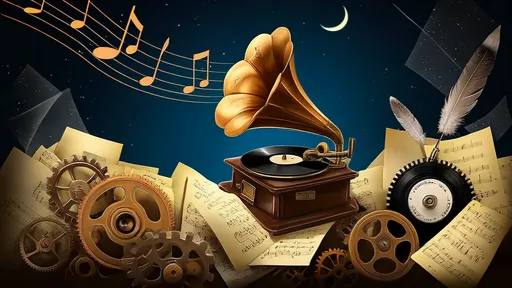
By /Aug 7, 2025
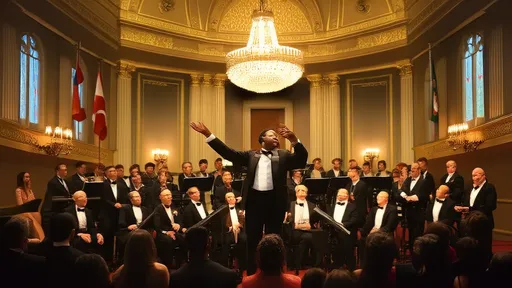
By /Aug 7, 2025

By /Aug 7, 2025
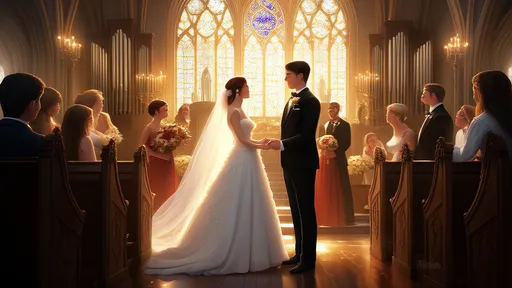
By /Aug 7, 2025
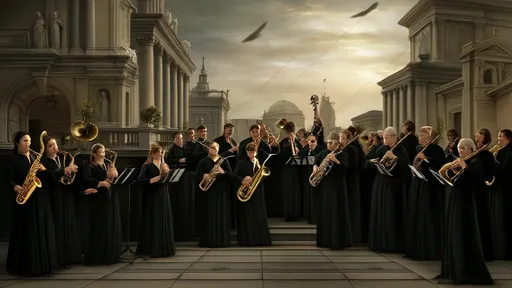
By /Aug 7, 2025
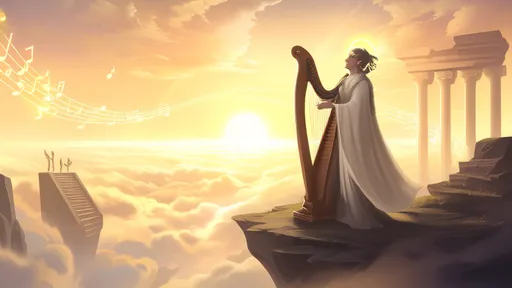
By /Aug 7, 2025
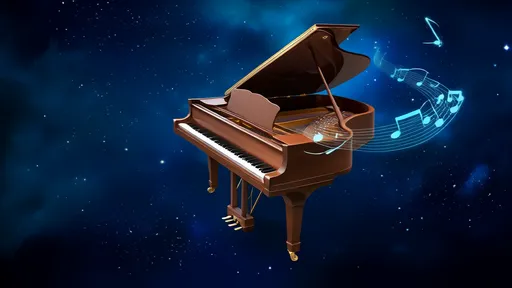
By /Aug 7, 2025
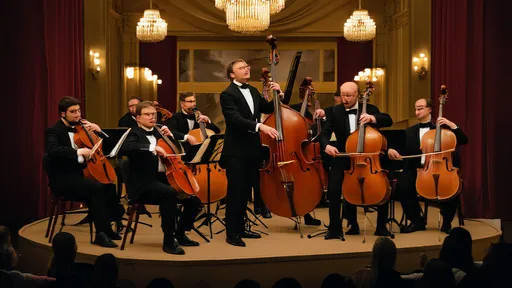
By /Aug 7, 2025

By /Aug 7, 2025

By /Aug 7, 2025

By /Aug 7, 2025

By /Aug 7, 2025

By /Aug 7, 2025
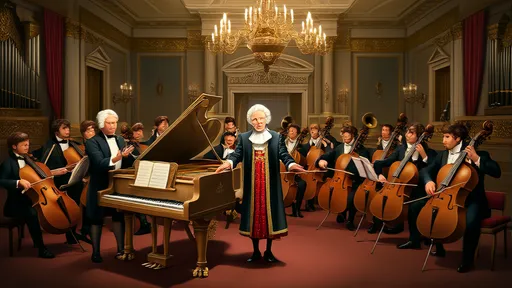
By /Aug 7, 2025
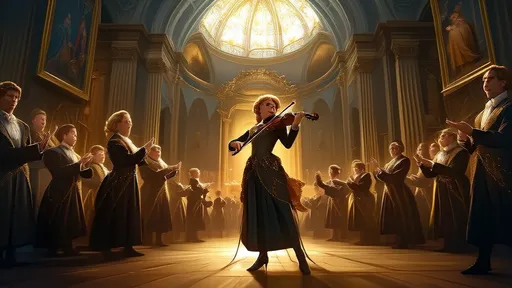
By /Aug 7, 2025

By /Aug 7, 2025
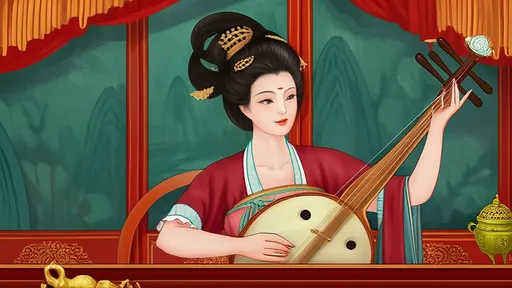
By /Aug 7, 2025
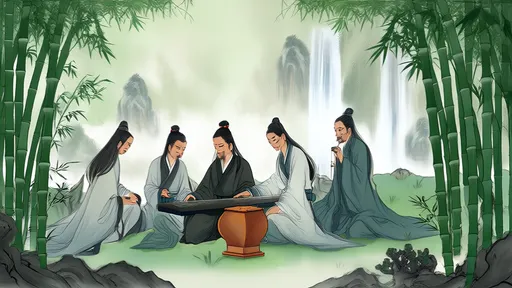
By /Aug 7, 2025